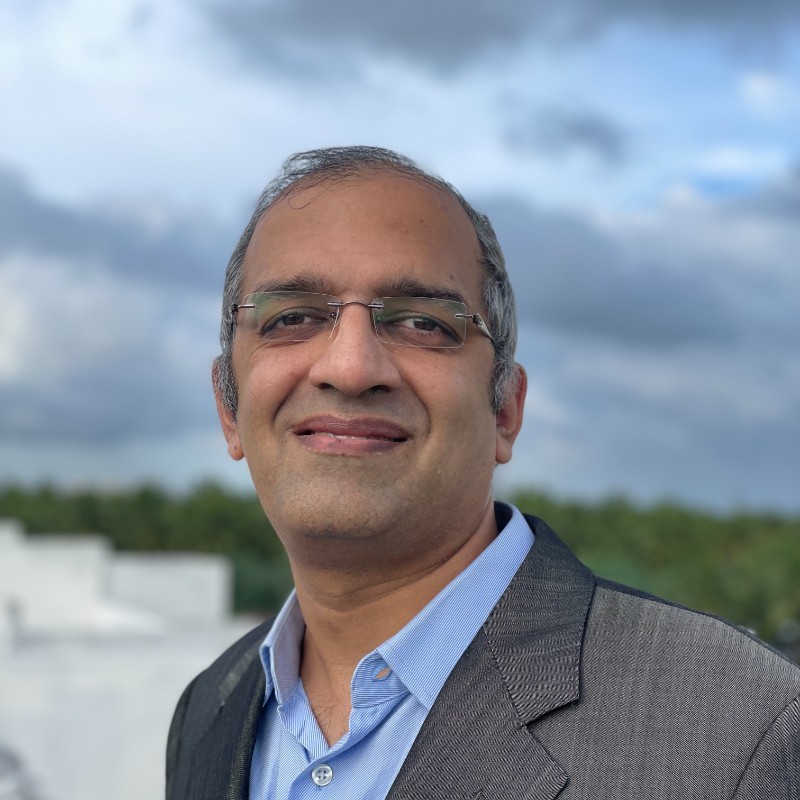Getting Future Ready
Hybrid cloud is the foundation in which modernized organizations are built, and organizations need a modern platform and infrastructure to get the most out of their hybrid cloud environments.
Organizations need to deliver products and services without being hindered by the complexities of legacy environments, outdated infrastructure, and confusing operating models and workflows.
Ronald van Loon is a Cisco partner and has firsthand insight into Cisco’s Future Cloud event and announcements to discover hybrid cloud innovations that bring new transformation levels to organizations across industries.
Having the right infrastructure and operational capabilities will help organizations create an efficient and potent work environment that enables them to provide the best possible applications to end-users. And a modern hybrid cloud platform is responsible for creating and shaping a cohesive and technologically enabled business environment that brings together operational teams and empowers organizations to deliver the best experiences.
Infrastructure Challenges & Automation
The reality is that businesses are running applications in many different environments, creating a diversified hybrid cloud-based infrastructure. These cloud environments need to be simplified, so organizations need a strategy that reduces complexities to maximize the potential of their hybrid cloud.
Hybrid cloud environments can cause IT to become complex and difficult to manage due to security, operations, and development challenges. Developers need agility and flexibility, and infrastructure automation helps to streamline processes by creating virtual infrastructures that bring visibility and coherence to storage, computing, and networks.
A modern hybrid cloud platform will bring this type of automation and AI capabilities to organizations so that developers can connect their IT operations, improving application performance and delivery.
At the same time, security breaches can be drastically reduced because automation can cover layers of a range of technologies and simplify diverse security environments spread throughout the architecture. Also, resource management can be better scaled and allocated with automation as multiple platforms and APIs can cause additional complications in hybrid cloud environments. Having the capabilities to observe networks to perform diagnostics and maintain network availability becomes integral to keep operations and workflows running.
Infrastructure and operations can be complicated in hybrid cloud environments, and organizations need new levels of visibility and operational control to manage their hybrid cloud and reduce these complexities.
Hybrid Cloud Platform Benefits
Automation and full-stack observability are how successful organizations are managing the complexities of the cloud. Hybrid cloud platforms, like those from Cisco, help to orchestrate different cloud platforms so that management becomes unified and simplified.
Organizations need insights into the behaviors of their systems via digital features and visualizations into how systems are working so that apps and infrastructure can be better monitored and performance can be controlled.
Performance issues can be easily identified across the entire technology stack, helping organizations make connections between their technology and business outcomes. This helps organizations deliver great digital experiences because IT teams can quickly observe information and gain insights that can be reported in a business context.
This visibility not only helps with workflows but the entire breadth of the application development process all the way to the end-user. Organizations can build the best applications that users want because silos between teams are broken down, and insights can be easily discovered and communicated.
Past infrastructure challenges are reduced, and organizations can maximize the potential of their hybrid cloud environments and create the best applications because of this level of optimization control.
The Future of Cloud Environments
Enabling developers to create the best possible experiences and applications to end-users results in the most profound impact on businesses, helping people work from anywhere, connecting infrastructure and operations, and still maintaining security and compliance.
These hybrid cloud environments are complex, but organizations can gain visibility across all of their technology stack and get the most out of their hybrid cloud with the right infrastructure and operational capabilities.
By Ronald van Loon










